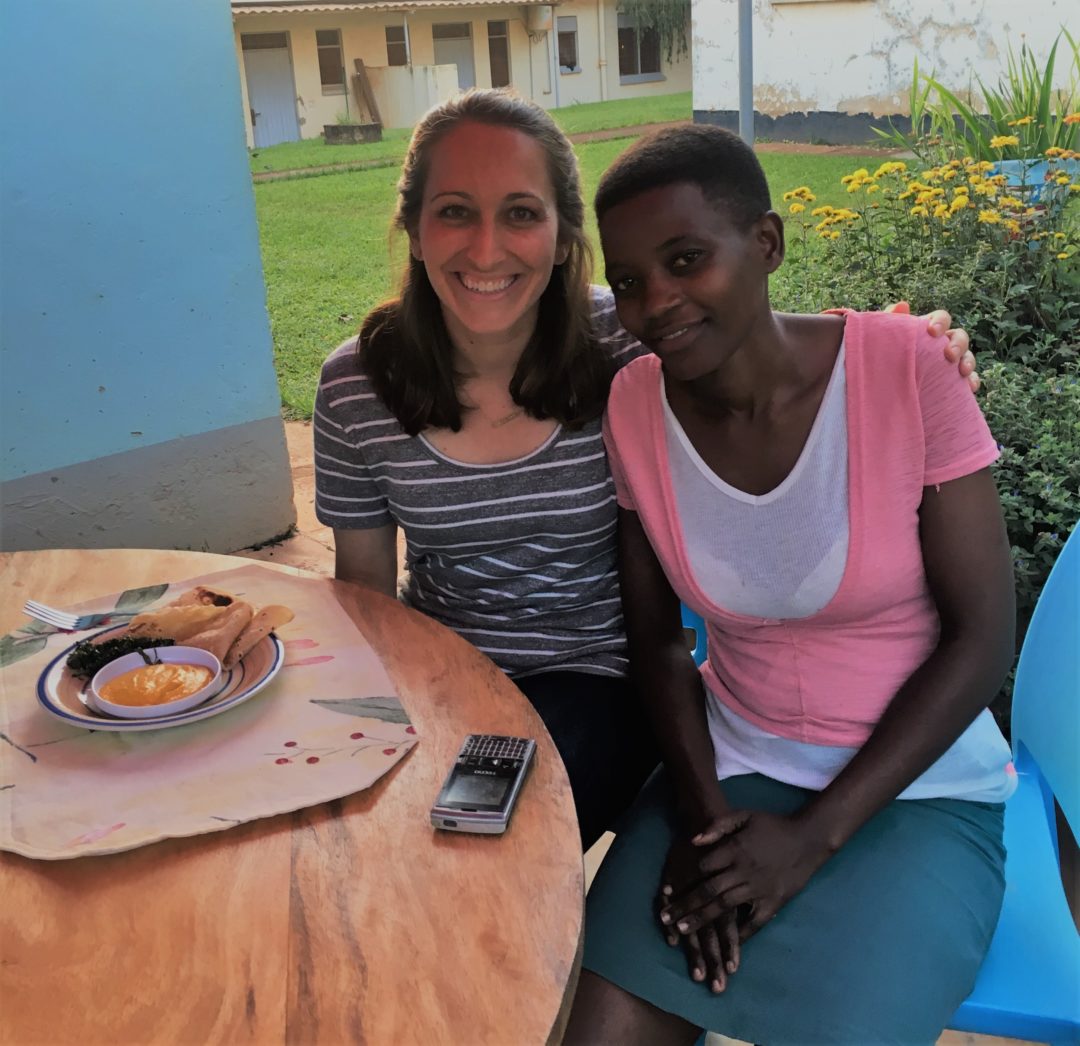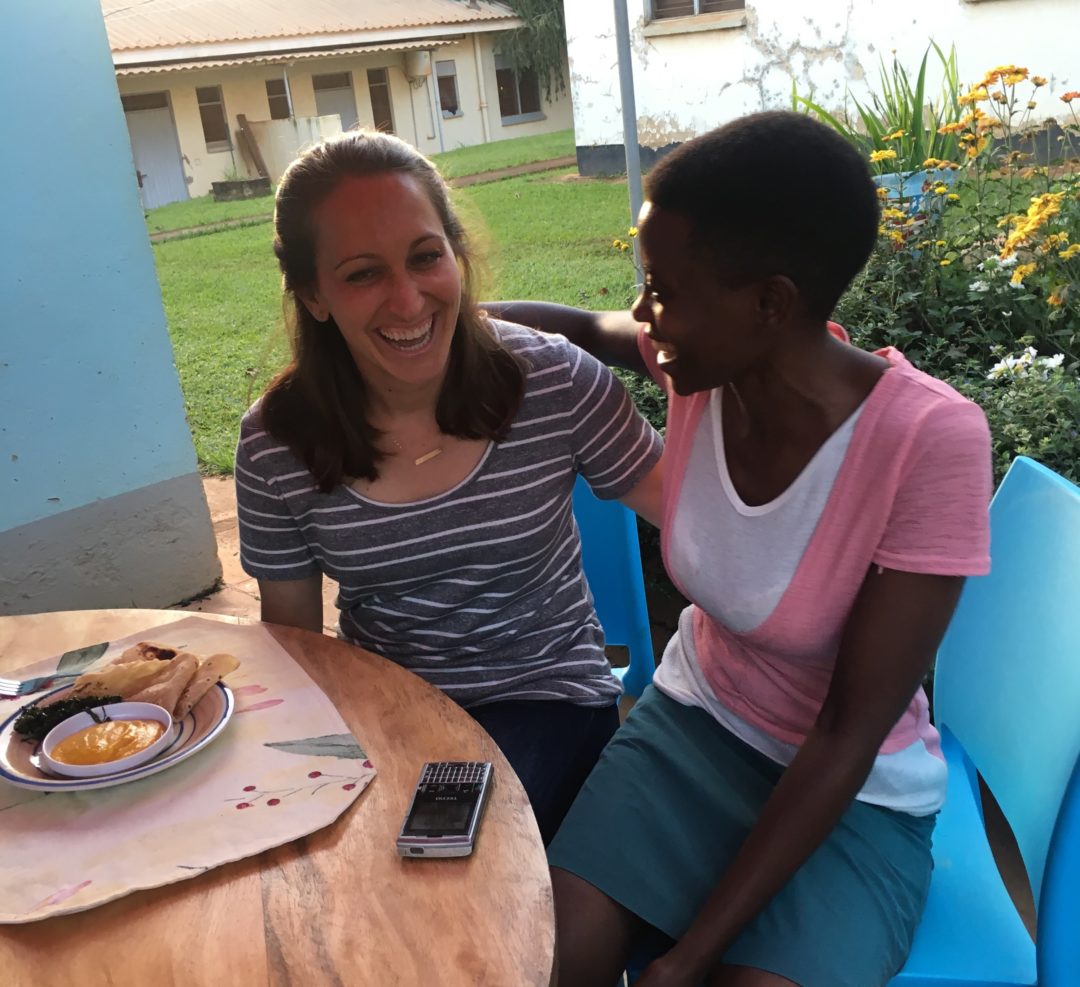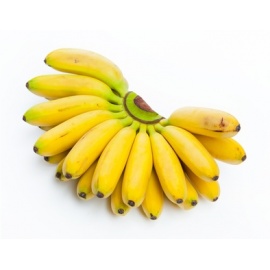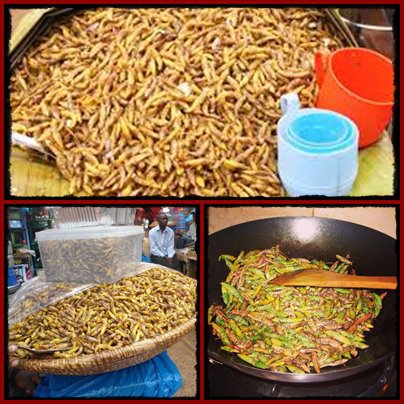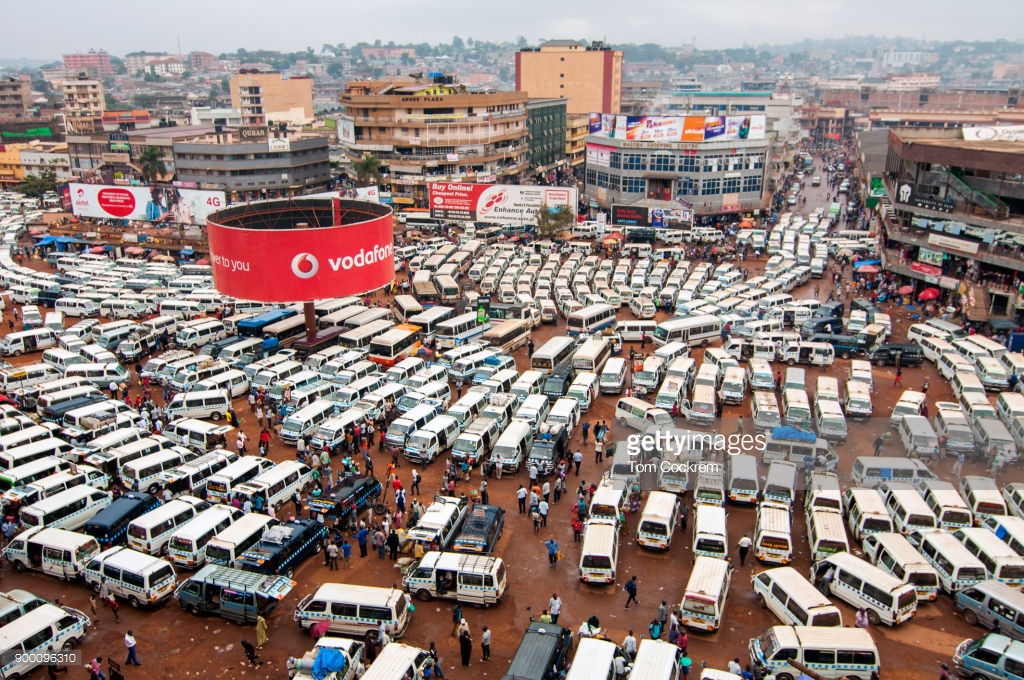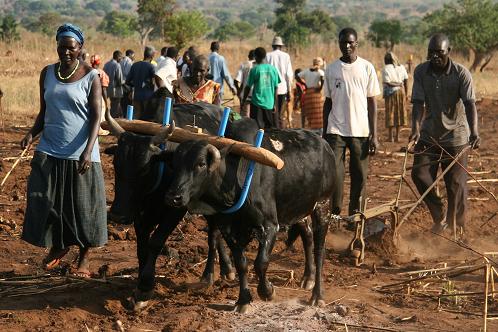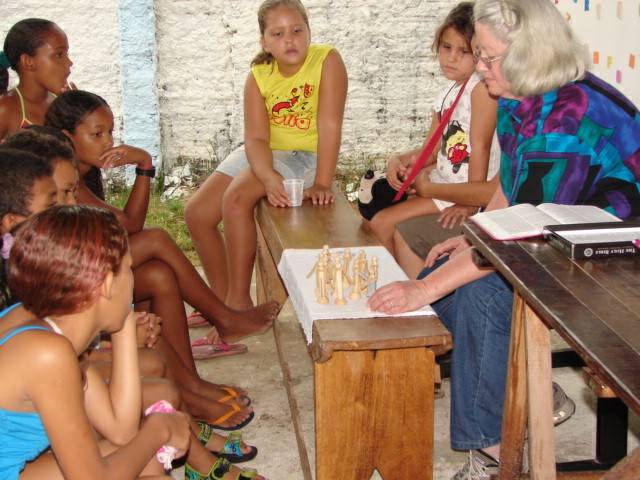
by Ron and Debby McKeon | Aug 13, 2018 | Brazil, Children at Risk, Latin America, SAMS Missionaries, Short-term Missions
Developing Curriculum for the Spiritual Growth of Children, by Debby McKeon
I had been involved in Christian education for children for a number of years. While I was attending seminary classes I was introduced to the writings of Sofia Cavalletti and her belief of building on the capacity for faith already present in each child. The foundation of Christian education has already been initiated by God, and the teacher then provides the environment to build on faith that already exists. I believed I was to bring this curriculum to Brazil. But how was this to be accomplished? Here is that story:
Like building blocks laying the foundation for the next level, each step led to the next. First I attended a seminary level Christian Education course which led to a 3 day Christian Education seminar on a Story telling method using simple manipulatives. In 2008, I was then invited to present an overview of this curriculum during a Christian Education Seminar for the Diocese of Recife, Brazil.
Those in attendance were eager to use the story telling method in their parishes, but it was not available in Portuguese. While preparing for that first overview presentation in Brazil the husband of our host family suggested I use Google Translate first and then have it reviewed by someone who spoke both Portuguese and English well. We knew just the person; a SAMS-UK missionary in Joao Pessoa had the skill and the time to help me.
The next step began in the USA, translating the actual curriculum. With the help of two dedicated woman who knew English and Portuguese and many Saturdays, myself, Ivy Lacerda, and Debora Wortham, worked out a plan and set to work. We would prepare a 6 to 8 story curriculum that I would present in a Saturday workshop in Brazil. First the Advent/Christmas stories were presented, then the Lent/Easter stories, then Old Testament desert stories and New Testament stories, then Liturgical Action stories. It was a 2 ½ year project.
Upon arriving in Brazil for each three week mission trip the next step of preparation was the fabrication of story materials using local resources. A “Kit” was made for each workshop participant to use in their individual parish. During the workshop each participant learned the stories and how to present the materials with voice and action skills to engage the child’s imagination. Sometimes Ron would comment “I just come along to carry the luggage, Debby is the rock star”.
The Challenges: Each story needed to be rewritten to translate for a different culture, void of any Northern Hemisphere references. Time is not measured by seasons in Brazil, idioms do not translate well, and the many ways people approach daily life vary by culture and sometimes neighborhoods. There were no “Big Box” craft stores, so shopping for materials was a time consuming adventure and labor of love.
The Blessings: I learned that reading ability did not determine who could be a good story teller. The workshop participants with lower reading skills had excellent memory skills, and told the stories well from memory, not needing to glance at the printed story. Upon presenting the stories in their church, one seminar participant said, “I was delightfully amazed how the story I told with simply made manipulatives held captive the hearts and the imaginations of the children for the Gospel of Jesus Christ.”
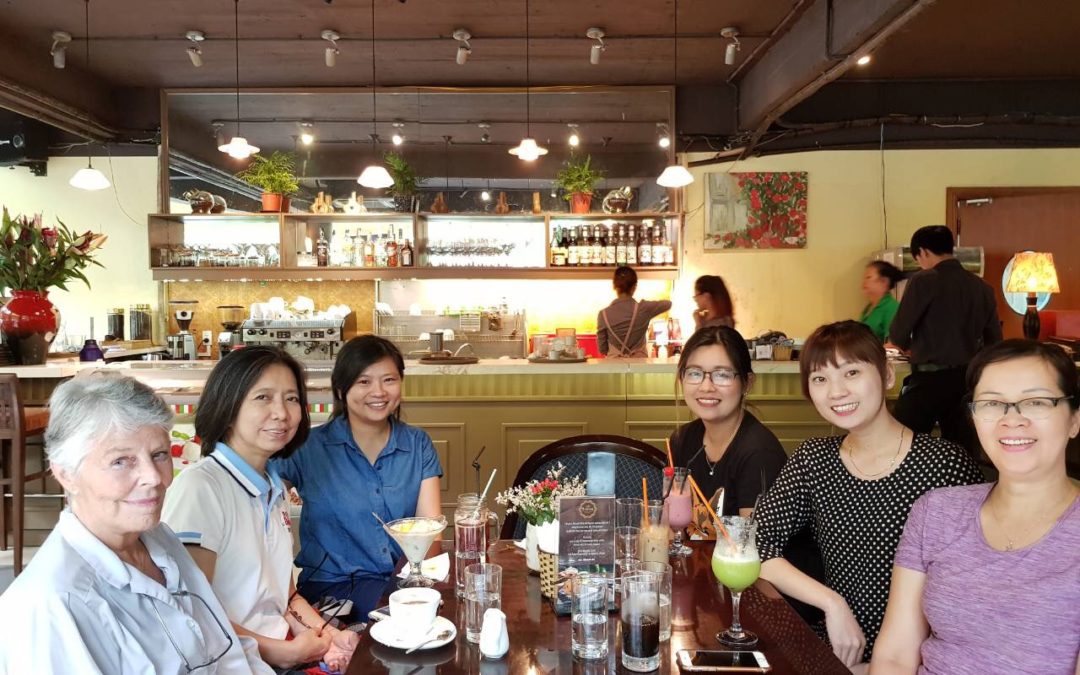
by Betsy Robson | Aug 3, 2018 | SAMS Missionaries
Dear Friends – I arrived safely as scheduled in the evening of 29 July. Passport control was interminable, but I breezed through customs with no questions. I was met by Sam Vu, son of my sponser (who was out of town conducting a funeral) and was taken to my hotel. I am on the 6th floor overlooking a busy little park/playground abutting a large pond. On Monday my host picked me up on his motorcycle such as hundreds here ride and we went off to the school. The first week was getting me settled, learning the ropes and becoming familiar with the setup.
I came prepared with my own set of teaching materials which will not be of much use. The curriculum here is vastly different than the one I was prepared to use, but I am making progress in learning the new one. It takes about ten minutes to walk from the hotel to the school and for thr most part when needed my little collapsible umbrella has been sufficient to stave off the almost daily rain.
We had a staff retreat last Wednesday which was really just an outdoor excursion and excuse for fellowship and getting to know one another. I am acclimating to the food, not hard to do, and the hotel generously provides all the bottled water I can use. My room is quite comfortable, if basic, with a queen bed, big bathroom and a nice shower the water of which nearly scalded me the first time I turned it on. The hotel provides a decent breakfast buffet and the school provides lunch.
We will have just under fifty students and nine teachers. Last night was a parent orientation and Monday is the opening session for students. I am prepped and ready get started.
At home I usually jog a couple of miles in the early morning, and I brought my shorts and running shoes, but have only used the shoes for the trek to the school. Things get started early and, unlike cooler mornings at home, the humidity and heat are already oppressive by 7:00a.m.
Stay tuned for updates
by Ron and Debby McKeon | Jul 31, 2018 | Brazil, Children at Risk, Latin America, SAMS Missionaries
This summer marks our 10th anniversary of saying, “Yes Lord, send me” through our sending agency SAMS and the beginning of our relationship with the people of Brazil as SAMS missionaries.
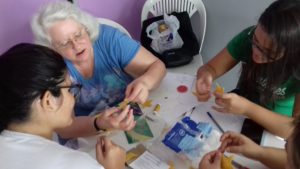
Debby teaching at a neighborhood outreach event.
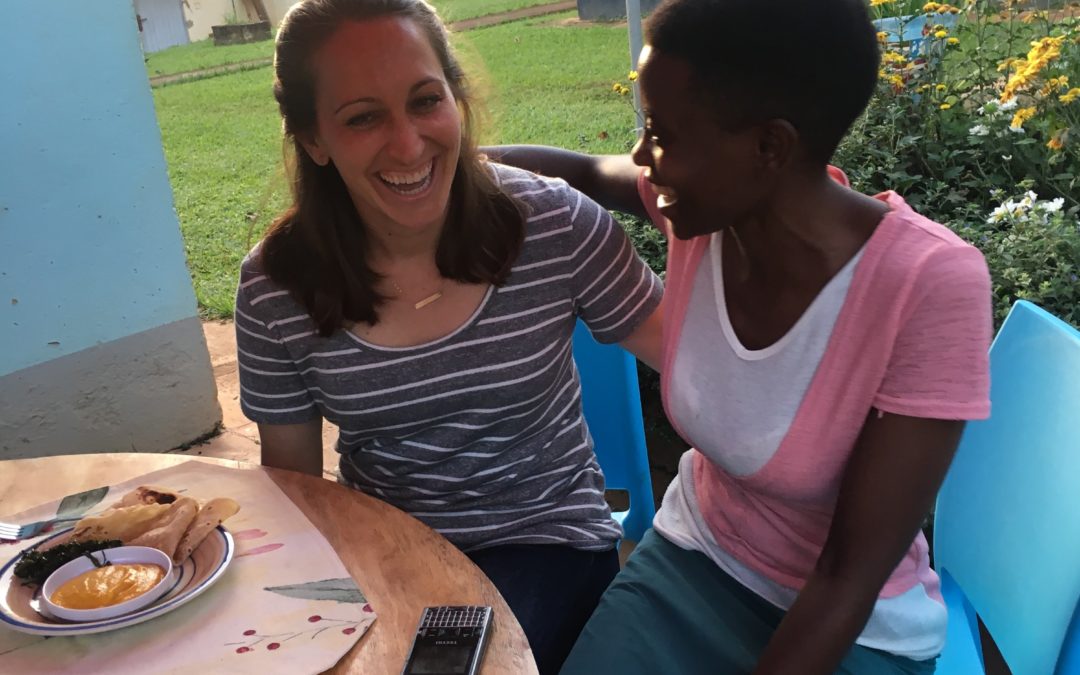
by Jessica Tetirick | Jul 3, 2018 | Africa, SAMS Missionaries, SAMS-USA, Uganda
One of the most intriguing and different parts of life in Africa is the abundance of different languages. In Uganda alone, there are more than 30 languages spoken. I live in Mukono, near Kampala, the capital, where many people from around the country have moved to this area to work. Most it seems also keep in contact with relatives in the village they are from, go back to visit, have second homes in the village (for those who can afford it), and also continue speaking their tribe’s language, teaching it to their children at home. Most people at Uganda Christian University and other professionals here speak English and Lugandan in addition to their native tribe’s language.
Many times here, friends have asked me what my language is where I’m from. They are surprised when I just say “English”. I try to share some of our Texan modifications, but “Howdy” and “ya’ll” seem to pale in comparison to the rich variety of languages in Africa.
The other night, I was blessed to be invited for dinner at another lecturer’s home with his family. We had delicious traditional food, watched a World Cup game, and enjoyed good conversation. After we finished eating, I was asking about which area of the country they are from and about the language spoken there. The family’s 5 year old daughter was an eager teacher when I requested to learn a few words. She would say a phrase, then I would try to repeat. After a time or two of that, giggling, she exclaimed “she’s saying it wrongly!”. But her persistence to teach me didn’t stop there. By the end, she was walking me through the phrase syllable by syllable, “counting” on my fingers as she went for emphasis! The whole group had a lot of laughs. What a fun family dinner!
A good friend who also works at UCU has been helping me to learn some Lugandan words mpola, mpola (slowly, slowly), but this afternoon, I got a chance to expand my horizons to another language too. Our neighbor and her husband are from Western Uganda where they speak Runyankole. As we enjoyed a cool late afternoon on our back patio, she taught me some phrases.
Greeting: Hello, how are you? – Agandi / Reply: I’m fine – Nimarungi
Thank you very much – Webare munonga
God is good – Mukama nimurungi – All the time – obwire bwona
Because that is his nature wow – ezo nizo mberaze
My Friend – munywani wangye
I even got to learn a few short songs in Runyankole. They go like this:
Yesu nankunda, Yesu nankunda, Yesu nankunda, ahakuba ndyowe
“Jesus loves you, Jesus loves you, Jesus loves you because you are His.”
Ruhanga akantorana… ntine karungi kona. Yanyekundirawenka yanyozyahoebibi mbwenunka…marayonta ibanja…ryangyeryona
“God chose us even when we had nothing good in us. He washed away all my sins. How can I ever repay my debt?”
As I meet all these new friends, many with different native languages, these verses come to mind.
Therefore God exalted him to the highest place
and gave him the name that is above every name,
that at the name of Jesus every knee should bow,
in heaven and on earth and under the earth,
and every tongue acknowledge that Jesus Christ is Lord,
to the glory of God the Father.”
Philipians 2: 9-11
After this I looked, and behold, a great multitude that no one could number, from every nation, from all tribes and peoples and languages, standing before the throne and before the Lamb, clothed in white robes, with palm branches in their hands. And they cried out in a loud voice:
“Salvation belongs to our God, who sits on the throne, and to the Lamb.”
Revelation 7:9-10
What a beautiful day that will be when every knee bows and every tongue, from every tribe and nation and language, confesses that Jesus Christ is Lord! As we who know Christ as our Savior long for that day, may we be bold in faithfully proclaiming the Gospel that none should perish!
“The Lord is not slow in keeping his promise, as some understand slowness. Instead he is patient with you, not wanting anyone to perish, but everyone to come to repentance.” 2 Peter 3:9
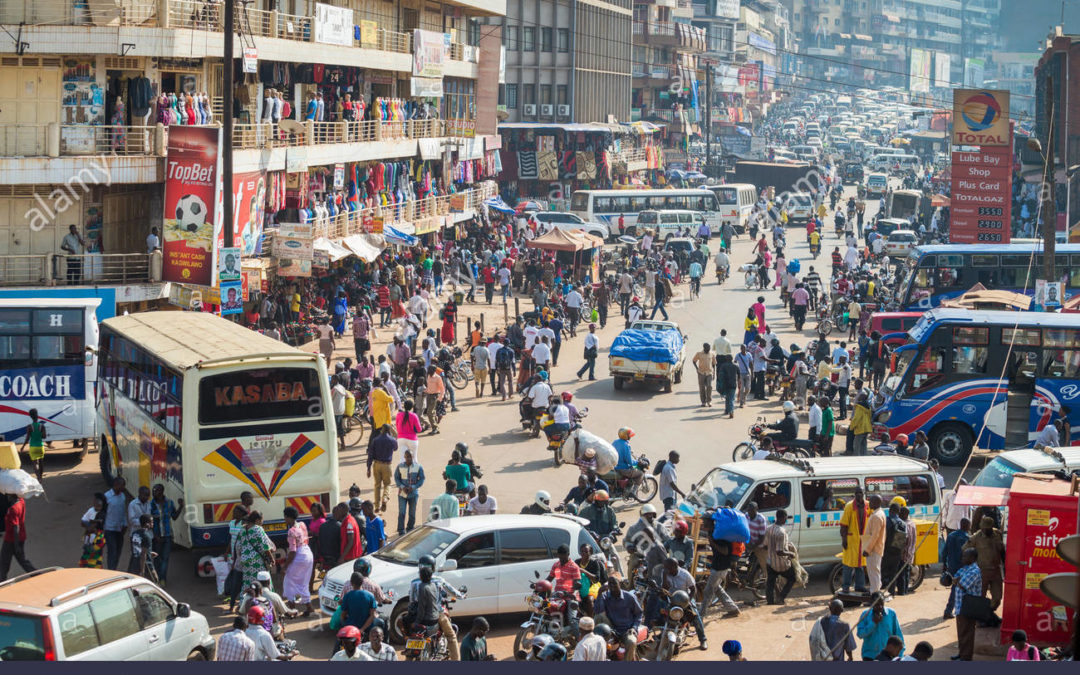
by Jessica Tetirick | Jun 20, 2018 | Africa, SAMS Missionaries, SAMS-USA, Uganda
Over the last few weeks, I’ve made more trips into Kampala. Although it’s just about 14 miles from Mukono (where Uganda Christian University is located) to Kampala, because of the large amount of traffic on few main roads between the two places, it takes at least an hour, if not more, to get there. For those who don’t have a car, the standard transportation method is by taxi.
Taxis are 14 person vans that work a little like a bus route (point A to point B and back with ability to get off at a few places along the way). There is a driver and usually a conductor who manages the sliding door on one side and collects the fee from passengers as they get off, as well as, calling for more passengers whenever there is room (and at times, when there is not room!)
My first trip to Kampala other than just passing through, I was accompanied by a UCU friend, another lecturer at UCU. About 15 minutes into our ride after setting off from Mukono, we were pulled over by the traffic police who do random stops on major roads to check for brake lights, licenses, etc. Our driver handed his license to the police woman who had him get out, look at the tires…then we notice that as she turns to talk to another officer, our driver walks across the road and keeps walking away from our taxi! Apparently, he did not have the right credentials for that taxi so to avoid getting arrested, just walked away! All 14 passengers piled out and hopped in other taxis within a few minutes. That’s one way to do it!
Once in Kampala and along the way, there is often “jam” (or traffic), but while you putt along in the taxi, there are many people selling snacks and drinks along the road. The one I have enjoyed are the bunches of small bananas. They are sweeter than the larger bananas and a delicious snack for the journey. A more exotic option is cooked grasshoppers sold in large plastic buckets. I asked my friend if she liked them. She said, “Yes, but it’s better if you cook them yourself.” Who knows? Maybe one day I will try…
The “point B” of the journey to Kampala on the trips I have taken has been the old taxi park. It is an overwhelming place, but the system works! (I am borrowing the photos of the traffic and the old taxi park because having your phone out in town is not advisable.)
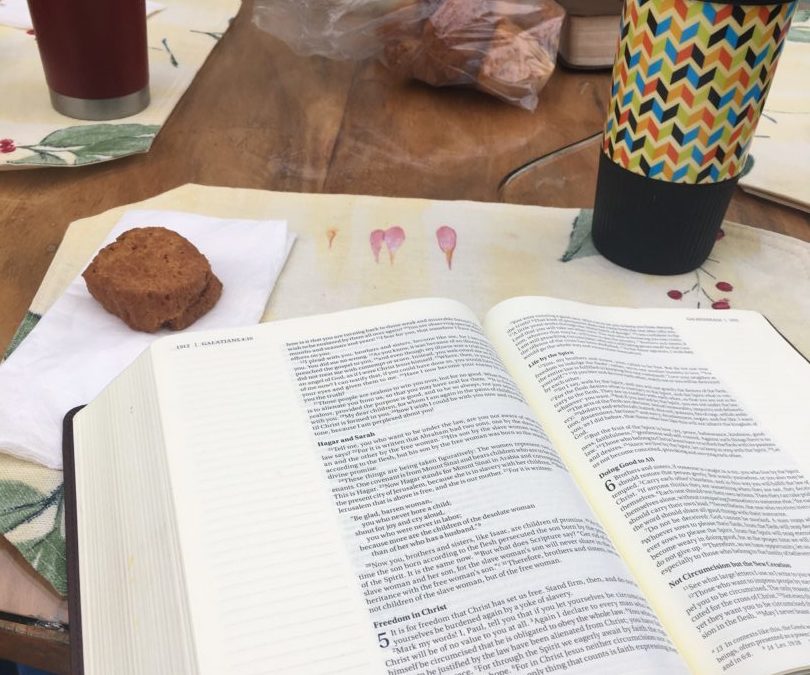
by Jessica Tetirick | Jun 18, 2018 | Africa, SAMS Missionaries, SAMS-USA, Uganda
Mornings here during the week usually begin with greeting Paul who takes care of the garden outside our house. He is a joyful person who is always wearing a big smile. We prepare our coffee and sit down for a small breakfast of jam and toast (though Paul highly prefers his bread untoasted) and morning bible study (currently the book of Galatians). During our discussions, Paul often shares cultural insights that give me a better understanding of the Ugandan culture but also often sheds new light on part of scripture. For example, as we studied Galatians 5:1, Paul was able to share with us his experiences of training oxen with a yoke in his village.
“It is for freedom that Christ has set us free. Stand firm, then, and do not let yourselves be burdened again by a yoke of slavery.” Galatians 5:1
He shared that early in the training, the ox goes this way and that and has to be trained to go straight in order to plow the fields. At times, the yoke is left on its neck overnight so that the ox can get used to it. When they finally submit to the yoke and the training, plowing with these 2 giant animals can be done with just one person quietly instructing, back and forth down the rows of the field. As he shared, Matthew 11:28-30 came to my mind.
“Come to me, all you who are weary and burdened, and I will give you rest. Take my yoke upon you and learn from me, for I am gentle and humble in heart, and you will find rest for your souls. For my yoke is easy and my burden is light.” Matthew 11:28-30
Let us not be burdened again by a yoke of slavery, but by the grace of God through the cross, let us submit each day to His leadership in our lives, knowing it is an easy yoke and much lighter burden than we carry when we choose to go it alone!
P.s. The picture above is from a Friday morning when we treat ourselves to mandazi (a Ugandan doughnut).
(Photo of oxen borrowed from http://blog.peaceharvest.org/2009/10/third-post.html)






